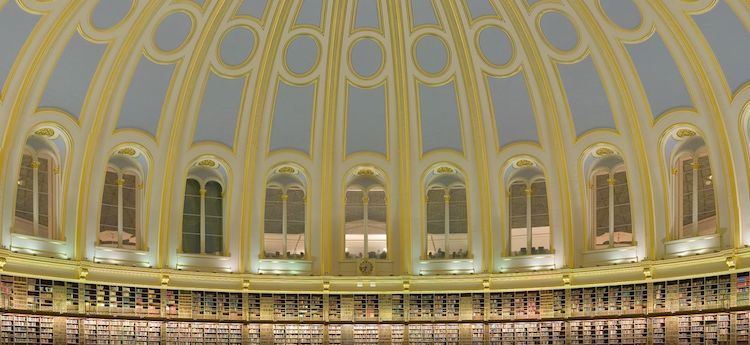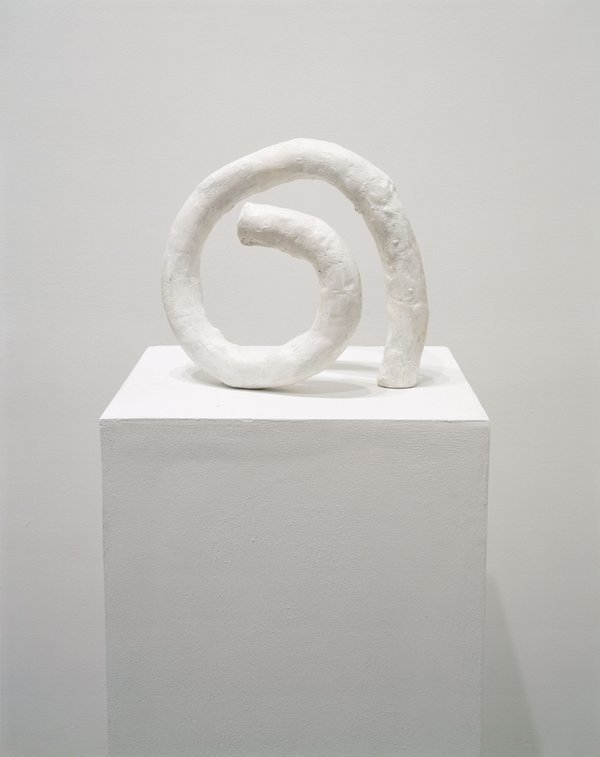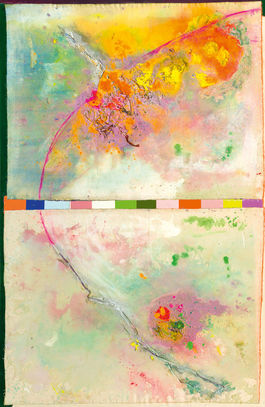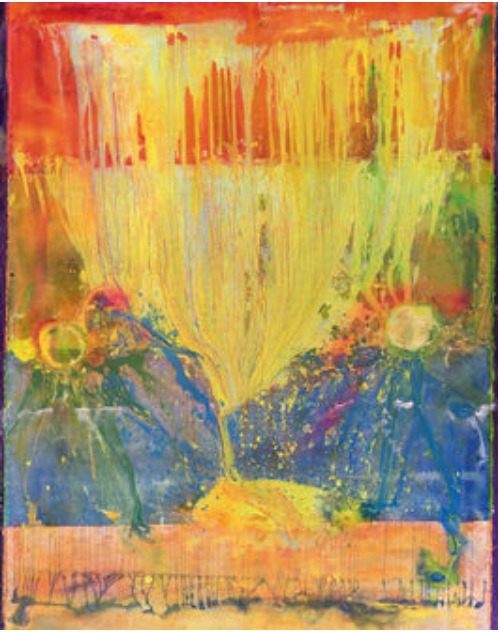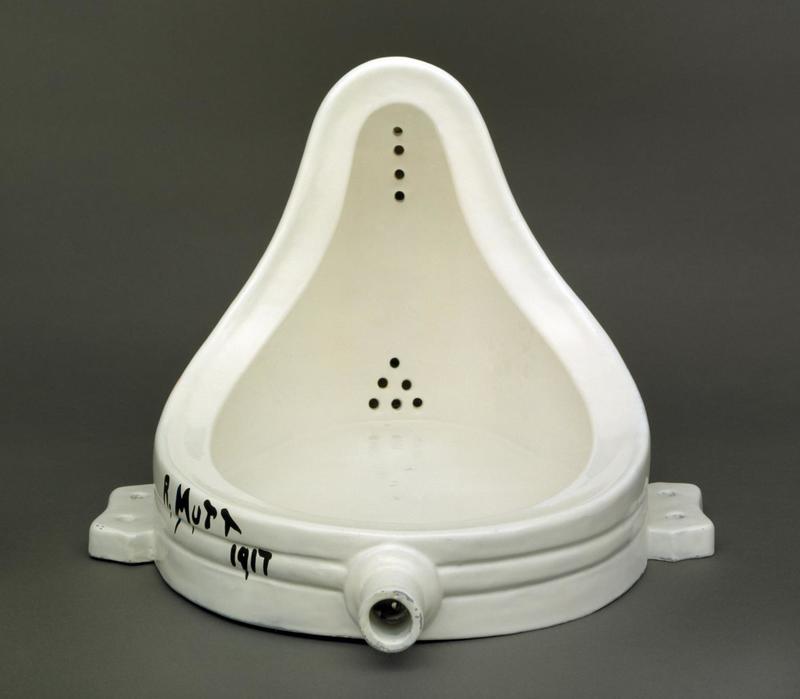What Qualifies as Art Anyway?
That's Art?
Art is a very broad term that is not easy to define. There are many things we look at and say, “Oh yes, The Mona Lisa- this is fine art!” However, conceptual art, minimalist art and abstract art aren’t always as obviously identified as art. This calls into question of where we should draw the line on art, or should everything be art? Do we call something art because it is valuable? Many paintings, from just the inherent cost of their components, wouldn’t be worth more than say fifty dollars. Some might argue that the labor or skill put into making the art adds to the value, but some art doesn’t take a lot of skill or time to make and we still call it art. I believe things are only as valuable as you make them out to be, and then in that case two people might have varying opinions on how valuable a piece of art would be. Could art, then, be in the eye of the beholder? Or are some things always art? Taste, trend and quality all play into what someone might consider art. With all the Art movements throughout history- from Hellensistic and Greek art to Fauvism, Cubism, or Postmodernism- what has been considered Art at any given time has changed. Should it be up to institutions like the Society of Independent Artists, artist guilds or upscale museums to tell us what art is? I don’t think so. I am part of the camp that believes art can be anything you want it to be. While that might lead to people like Duchamp calling a shovel they bought at the store art, it still serves the purpose of causing one to think and feel when they encounter the piece. Even if your thoughts and feelings are, “This is stupid. I don’t like it. This shouldn’t be art.” To me, that is what art is- something that forces you to take something away whether it be some profound thought or simply aesthetic pleasure at the pretty colors. To quote a greeting card I read in the Tate Modern gift shop, “Art is not what you see, but what you make others see.”
― Edgar Degas
Franz West: Nevertheless it is Art
I fully expected to love the Franz West exhibit because I loved the bright colors and intriguing shapes on the posters advertising it, but after going through the exhibit on my free weekend I regretted the twelve pounds I spent. I expected to be dazzled by many pieces with aesthetic appeal and thought provoking conceptualism, but I was met with crude cartoons, carpet covered sofas and beer bottles stuck into cement. I did not want to call this art. It bored me and was not the intellectual or visual experience I wanted to have. Nevertheless- it was art.
Franz West in one artist who pushed the boundaries of what we can classify as art. His early work of sketches were most recognizable as art, but then he moved into his experimental phase of “Passtückes" or "Adaptives” in English which were sculptures that could be held, which was not typical of art at the time. Of course, West moved on from that to what he called “Legitimate Sculptures” or sculptures that were on pedestals and were no longer able to be handled by visitors of the exhibit. Even these, though, were not what many would consider art. They were large cement blocks with everyday items haphazardly incorporated in them. No intense thought was put into them and West is cited as “talking on the phone and slapping paint on a sculpture” as his work method. West soon moved to creating furniture like normal wooden chairs or tables and calling them “everyday Passstückes”. To him, the furniture was an example of good art coming from restfulness and boredom. As much as I personally do not like Franz West’s artwork besides a few colorful pieces, many in the art community as well as fellow exhibit-goers love his work and resonate with something in their meaning. Art shouldn’t be discredited as “bad art” and should not be taken away the label of art if it something you enjoyed seeing.
Frank Bowling: Art Means Different Things To Different People
A transatlantic artist originally from Guyana, Frank Bowling has been making art continuously throughout his life. He is quoted saying “my life has always been about painting.” Many of his paintings can be described as abstract or conceptual art, especially the paintings he made while living in New York City. Bowling’s work is colorful, expressive and complex and he sees paint as a medium with endless possibilities. He was trained at the Royal College of Art and now experiments with different techniques like pouring, splashing, dripping and layering paint in such a way that is always new and unique. Paint drips down the canvas or was splattered on in layers in Bowling’s abstract pieces. Metallic pigments, fluorescent chalk and acrylic gels along with styrofoam are just some of the materials Bowling uses to make his abstract paintings and create depth which in turn tells a story. Bowling creates his art in order to tell a story because at the heart of it all he is a storyteller.
However, looking at the pieces on display in the Tate Britain, I could not always connect the title with the painting itself. Many of Bowling’s pieces are autobiographical and named after important landmarks or people in his life. How then, is a multicolored splattering of paint on a canvas with no identifiable subject representative of a Christmas visit from a friend? The answer is that art doesn’t have to mean the same thing to everyone. Bowling names his paintings only after they are finished in an attempt to capture what he thinks happened during the work. In this way his paintings are not only about the finished piece but about the process of making them as well. Whatever he may have learned or experienced while making the piece is what he names it, but as a viewer who didn’t experience that, I don’t necessarily have to take the same meaning away from the piece. Art, therefore is open to several different interpretations even if it is different from what the artist himself intended.
Marcel Duchamp: Art is Art Because It Is
Marcel Duchamp was the champion of what he called “readymade” art. He would acquire everyday objects like shovels, chairs or urinals and reposition, sign or simply recontextualize them and call them art. This begs the question of does calling art "art" make it art. I would argue that yes it does. The readymade objects can make the viewer ask that very question- “Is this art?” That alone fulfils the definition of art in my opinion. Causing someone to wonder if something is art is making them feel and think. Duchamp intentionally used items that were commonplace and, in a different context, would not be given a second thought. He submitted “Fountain” to the Society of Independent Artists under a pseudonym because he wanted to know how strict his peers definition of art was. The society dismissed the piece even thought they had vowed to take in every piece without discrimination. The fact that the artwork did not conform to traditional ideals of artistic value at the time made this reaction understandable, but today “Fountain” and Duchamp’s other readymade artworks are widely considered just that: art.
Art is not a standard definition that will be able to classify every potential creation (or in some cases destruction). Art can be intentional or accidental. It can have a deeper meaning or just be aesthetically pleasing. It can make us rejoice in the beauty of the world or it can be something unpleasant and challenging to what we believe. Art is art if you can react to it- find meaning, aesthetic pleasure or a warm fuzzy feeling.
by Emma Frederick :-)
